
Yep, we've barely had time to eat a Halloween candy or two before the stores bring out the Christmas paraphernalia.
The next few weeks will be busy with advertising of all kinds, massive shopping, preparation races...
As with all holidays, at Christmas there is a huge burden on the environment, overconsumption is more prevalent than ever.
There are ways to experience this celebration in a more ecological and serene way while keeping the magic, even finding it if we have lost it.
Maybe you are one of the people trying to minimize your ecological impact, maybe not. In any case, Eco Loco invites you to think about it and modify some behaviors.
The main keywords to remember are reduce, reuse and smart purchases.
There are multiple behaviors to consider. This ranges from the Christmas tree, to lighting, to gifts, to packaging, to making meals, to clothing...
Who says Christmas, says fir

Over time, there have been several questions and debates about the best choice regarding the tree. Should we choose artificial or natural? Although plastic Christmas trees are reusable from year to year, real trees are the more sustainable choice. Several factors come into play.
In fact, it is necessary to evaluate its entire life cycle: its manufacture or cultivation, its transport, its composition, its place of origin, its time of use and the way in which it is disposed of.
A study by the firm Ellipsos reveals that unless you keep your artificial tree for a minimum period of twenty years, the natural tree is the option that generates the least greenhouse gases .
Plastic trees are made from petroleum products and use resources for both manufacturing and shipping. While artificial trees theoretically last forever, research shows that they are usually thrown away when repeated use makes them less attractive. Discarded artificial trees are then sent to landfills where their plastic content makes them last for centuries.
On the other hand, living trees grown in plantations are a renewable resource. They contribute to air quality during their growth and almost 90% are reused as mulch. Live trees are generally grown and sold locally, saving both transportation costs and reducing air pollution.
However, natural trees are not without ecological impact. The environmental cost of the natural Christmas tree can therefore seem high when we calculate all the resources necessary for its cultivation: cutting, transporting, collecting and recycling the fir tree chips intended for mulch. Considering that the life cycle of a tree is 7 to 10 years and that its use will be at most a few weeks, we see that there is a significant price for maintaining this tradition.
The alternatives:
- Even make a tree from dead branches or branches from the size of a birch for example.
- Use a potted conifer which can also be used as an indoor plant or which can subsequently be planted on your land or in the forest.
- If you choose a cultivated tree, be sure to use your community's services to turn it into mulch.
Who says Christmas, says light

There was a time when fir trees were lit by candles. For obvious security reasons, we will not return there! Then the house with a lot of Christmas lights was considered the “best.” We only need to recall the classic film The Christmas Tree to get an image of it. Fortunately times have changed slightly. With the cost of electricity going well beyond the electricity bill, it is increasingly seen that our electricity use affects our environment.
The alternatives :
- Wait until December 1st to light up our house and experience the magic in concentrated form.
- Use a timer to activate the lights from 5:00 p.m. to midnight.
- Reduce the amount of lights used.
- Use smaller bulbs and make sure they are LED or solar powered!
Who says Christmas , says packaging

It is estimated that at Christmas, we double our quantity of packaging to 2kg per day/person. This increase comes from the colorful packaging of the gift to be given but also from the packaging of Christmas cards, front calendars, purchased objects, purchases at the grocery store, etc.
Half of the paper that the United States consumes each year is used to package and decorate consumer products. Their annual waste from gift wrapping and shopping bags totals more than 4 million tonnes. In Canada, annual waste from gift wrapping and shopping bags represents approximately 545,000 tonnes.
The alternatives :
- Carry reusable bags at all times when shopping.
- Opt for reusable gift bags.
- Opt for second-hand gifts that don't have new packaging.
- DIY original and personalized packaging from fabrics, flyers, calendars, paper bags that you reuse.
- Make your own personalized Christmas cards from recycled elements (eg: calendar from the previous year).
- Avoid metallized wrapping paper which is difficult to recycle.
- Use a pretty decorated metal or wooden box that will make it feel like a double gift.
- When unwrapping a gift, make sure you have on hand what you need to sort the packaging for reuse or recycling.
Who says Christmas, says gift

So here we touch a sensitive point for many. How many children have we encountered who compared their gifts in number and size? Lots of work to do from this point of view.
The first thing to really consider is reducing your purchases. Less and better buying will be the watchword here. We agree that some gifts meet real needs and should be purchased new. However, for the majority of them, there is food for thought.
Not all gifts have to be purchased in stores. There are a series of questions you can ask yourself before making your purchase:
- Is this a useful gift? Will it be used?
- Is it produced locally?
- Can you create or make it yourself?
- Is it overpackaged?
- Is there a second hand version or recycled ?
- Does it encourage the person to be active, to move?
- Could it be less polluting?
- Will it be sustainable?
The alternatives :
- Offering services instead of goods (e.g. massage);
- Offer unforgettable experiences;
- Give gifts that you make;
- Offer second-hand gifts;
- Offer battery-free toys;
- Avoid plastic objects;
- Offer meals to share;
- Offer eco-responsible and reusable clothing or objects;
- Make a draw with the adults in your family in order to concentrate on a single gift per person: the rule could be either an object that one already has and which could please the other, or a homemade confection, or offer an eco-responsible discovery.
Who says Christmas, says clothing
Whether for a Christmas party with friends, at the office or at home, most of us like to be well dressed for Christmas . Does this mean we have to spend hours scouring shopping centers? No way. Most of us have more than enough of the essentials in our wardrobe.
In the event that we have to complete our clothing, it will be much more appropriate to do so by favoring second-hand purchases or eco-responsible clothing that can also be worn on other occasions or, in the best case, daily. Better to aim for timeless bases and combine them with different accessories.
Although not exhaustive, the different elements named in this text can certainly greatly change the impact of your Christmas festivities on the environment. It's certainly nothing grandiose when taken separately but it can seem like a lot when we take it as a whole.
With this in mind, we invite you now to choose the elements (gift, packaging, tree, etc.) for which you want to bring about a transformation in your habits this year! One step at a time, one habit at a time!



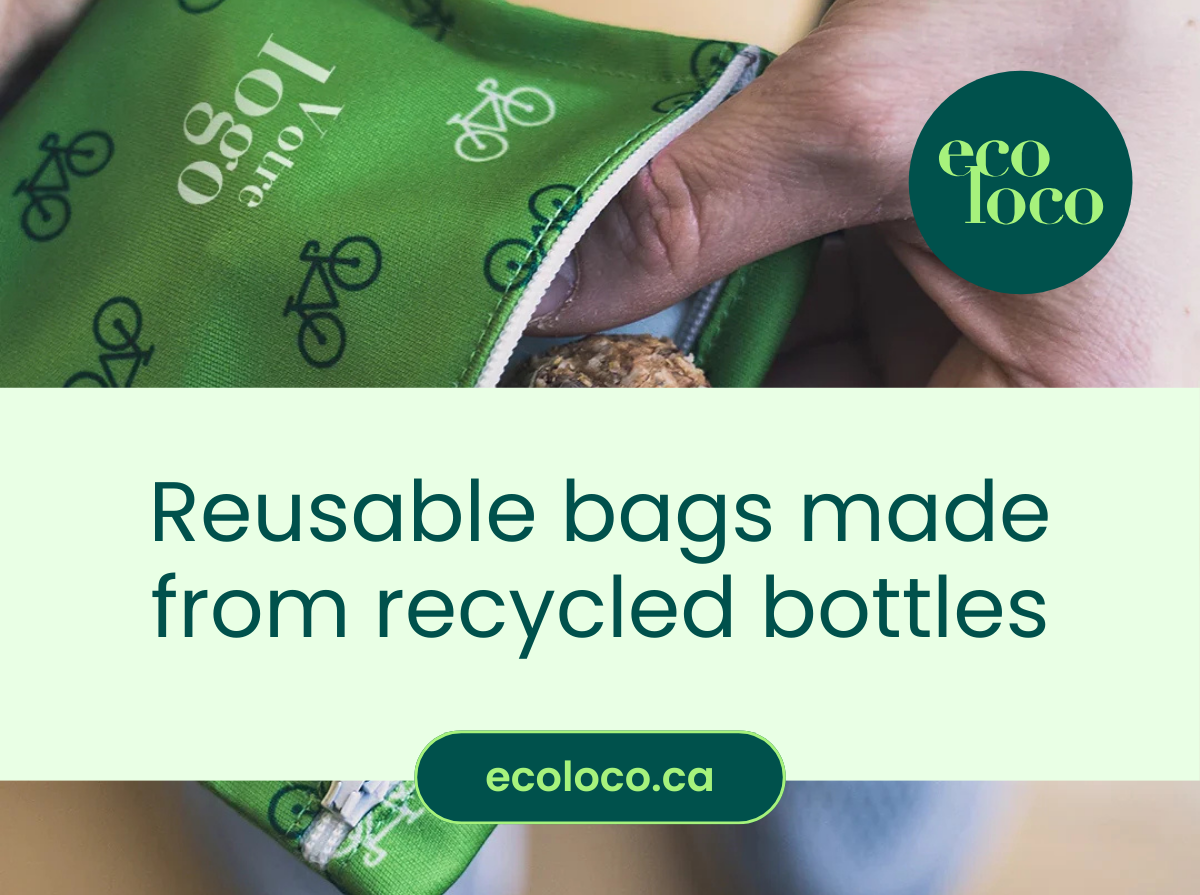
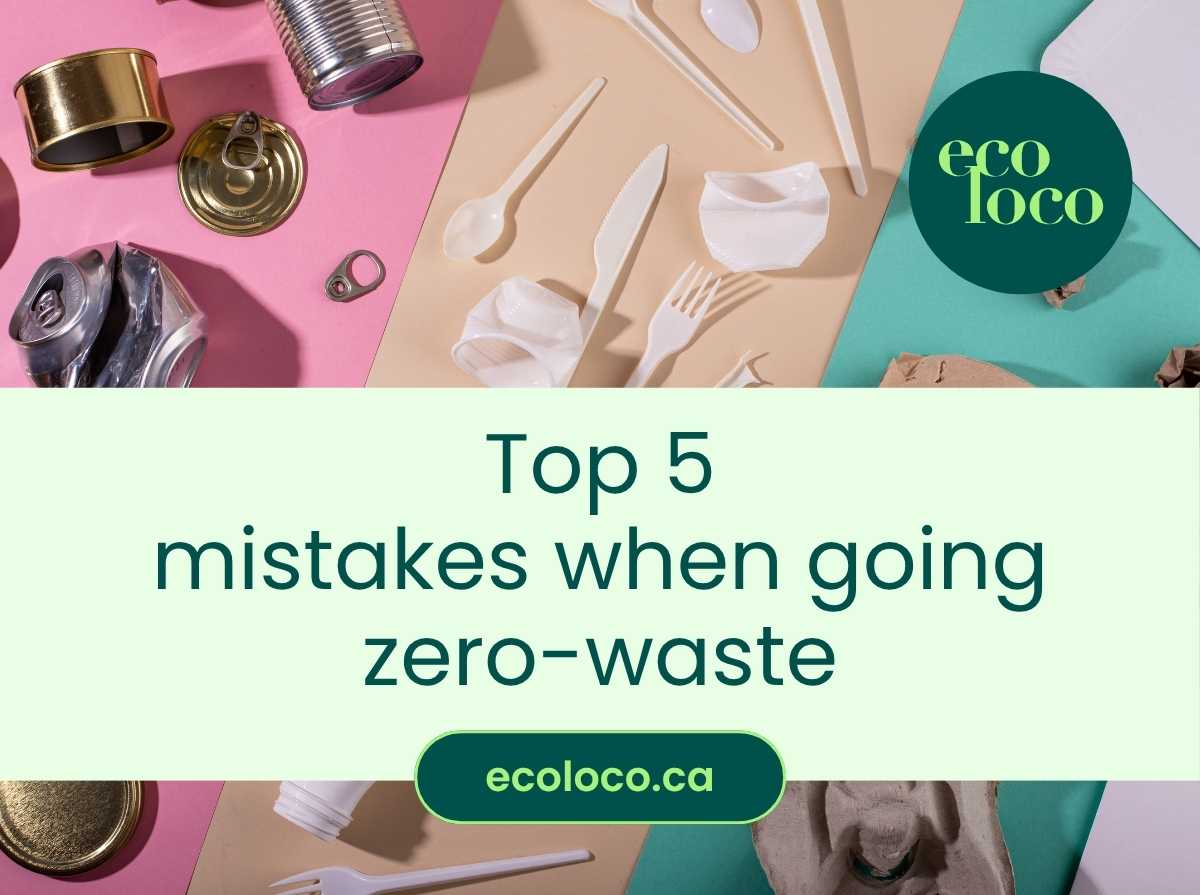
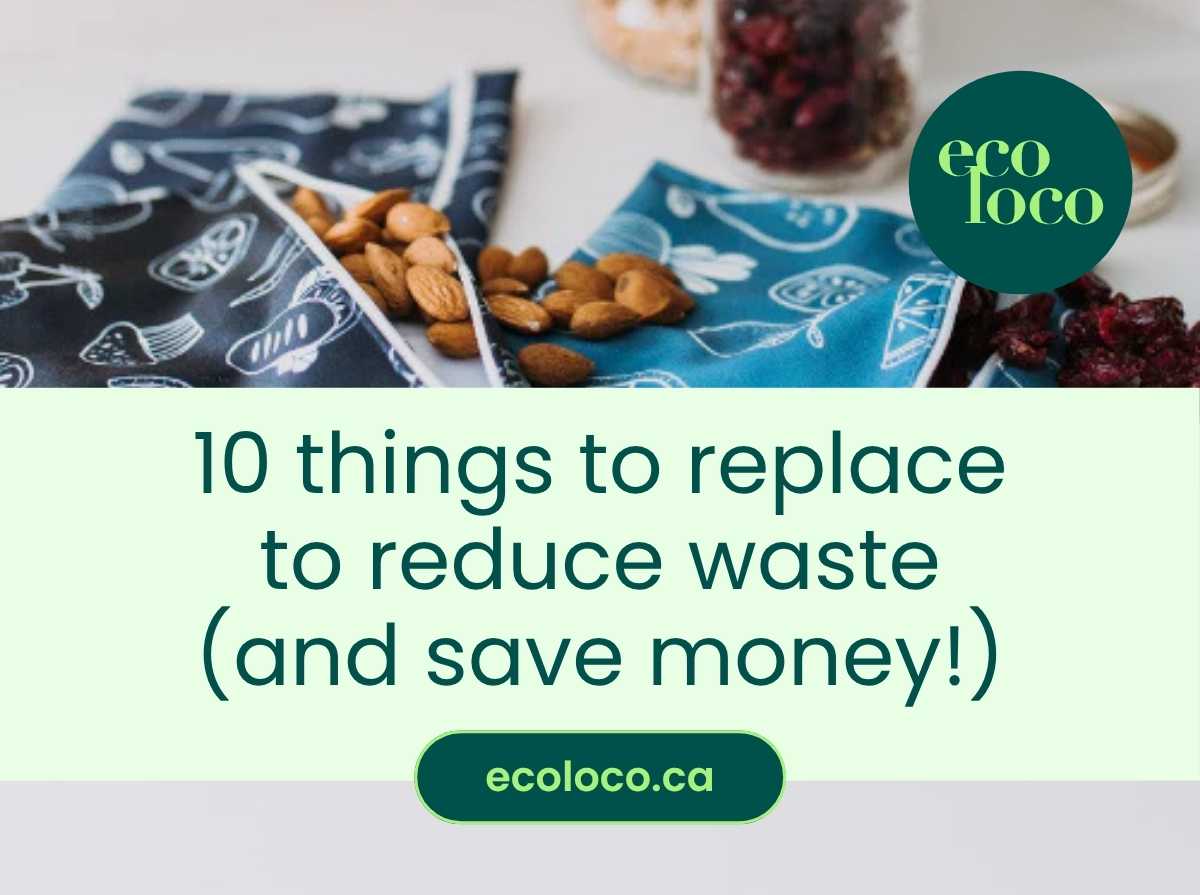


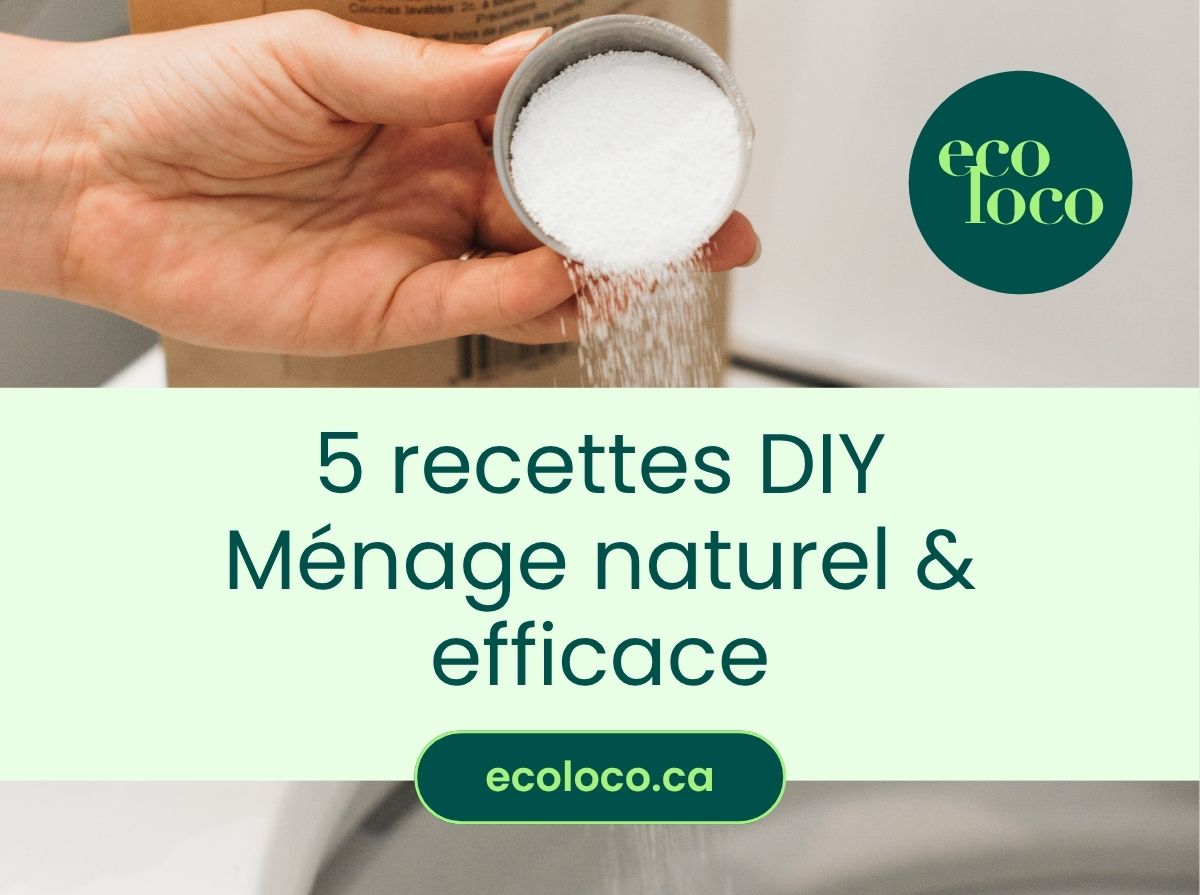

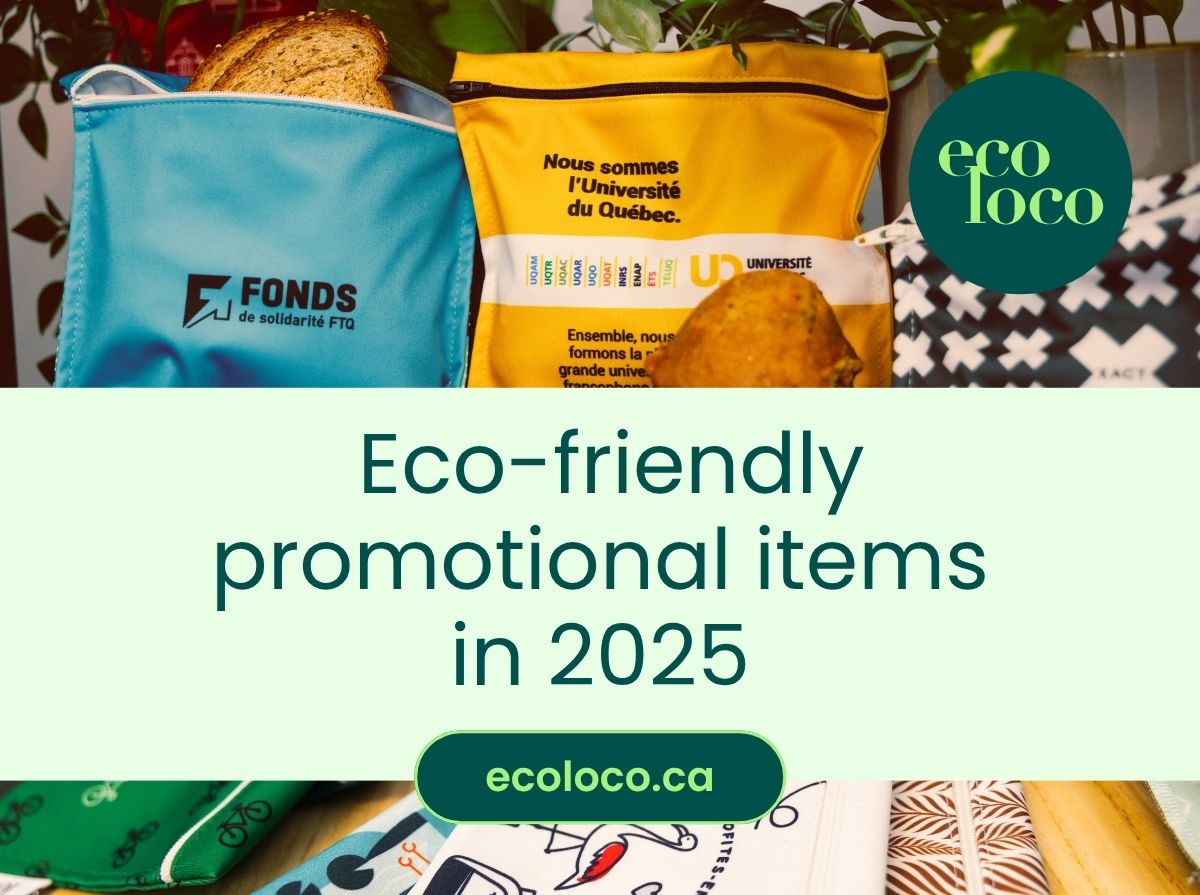

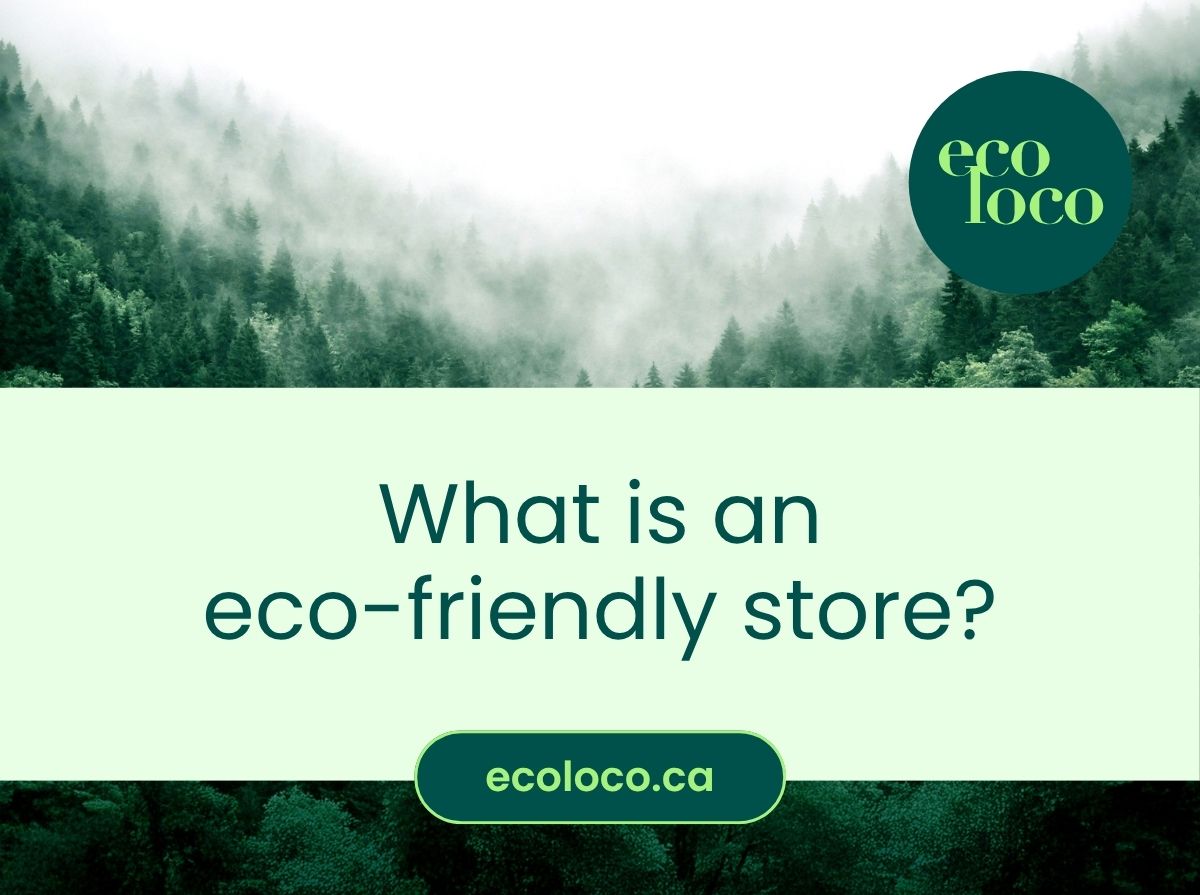
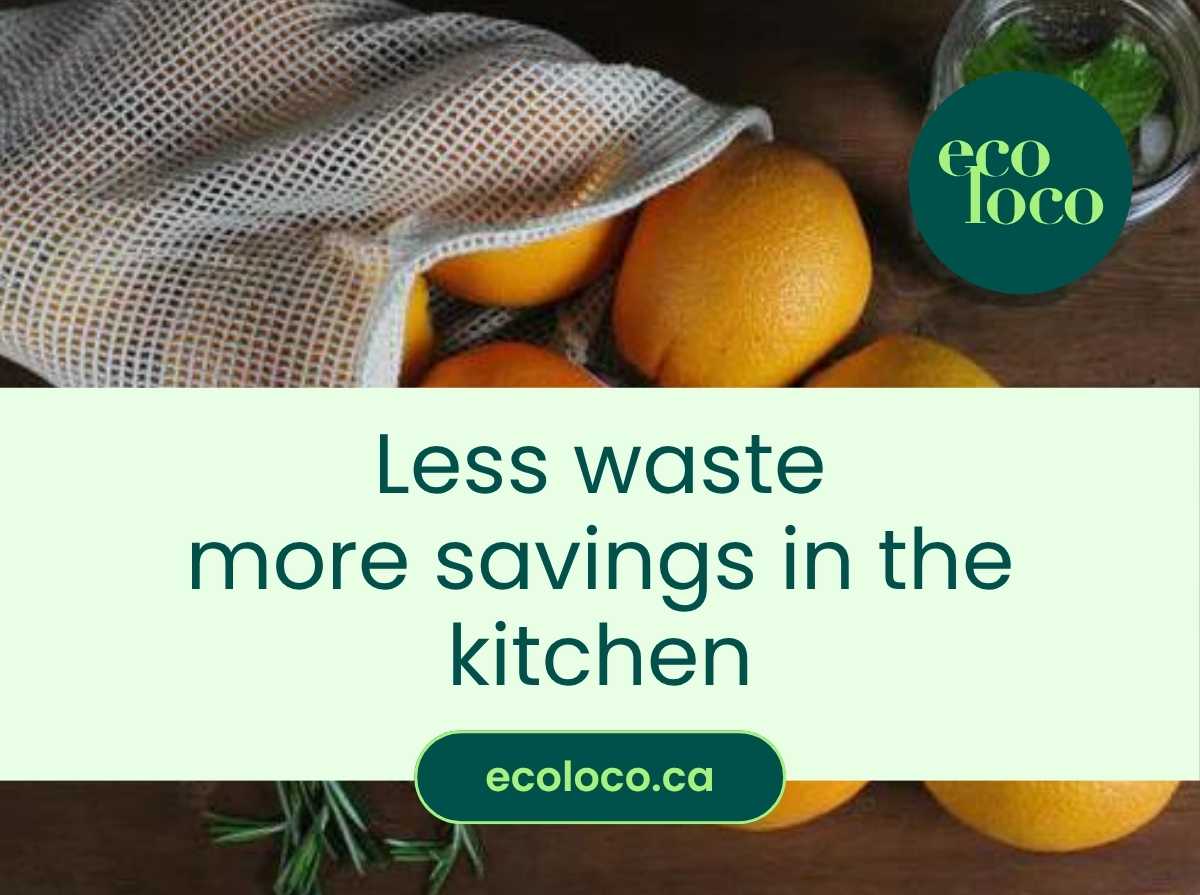
0 comments